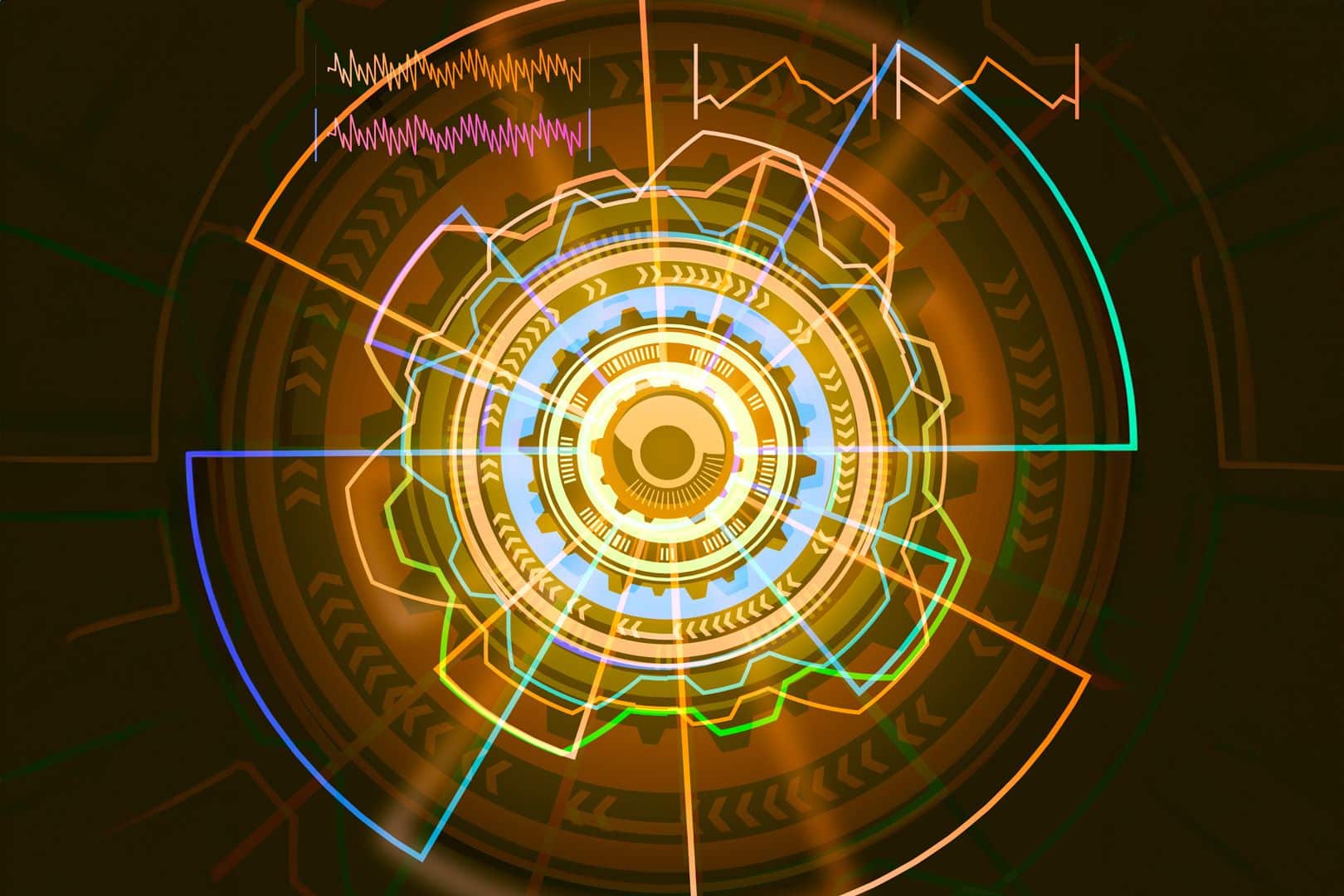
Later this week, I’m sure you’ll notice people walking around with crosses smudged on their foreheads. Maybe you’ll think, “Oh, right. Ash Wednesday, which is…some kind of religious day.” And you’d be right—it is some kind of religious day, and if you want to know more, here are the whats, whys, and wherefores of the Christian tradition of smearing ashes on your forehead.
What is Ash Wednesday?
Ash Wednesday has been around since at least the 11th century. It marks the beginning of the Lenten season in many Christian denominations and takes place 46 days before Easter. The concept behind Ash Wednesday is penance. It is a day to confess sins, ask forgiveness from God, and ponder the transitory nature of our physical bodies.
Ash Wednesday isn’t mentioned specifically in the Bible, but back in the early days of Christianity, egregious sinners were expected to spend the weeks preceding Easter in sackcloth and ashes, doing serious repenting so they’d be pure enough to take Easter communion. At some point, someone seems to have realized that we are all sinners, and everyone started getting ashes sprinkled or daubed on their heads.
How does Ash Wednesday work?
The specifics vary from church to church, but if you go to a Catholic mass on Ash Wednesday, the priest will usually give a sermon related to the theme of repentance, or Lent in general. Then you’ll line up to have ashes applied to your forehead. The priest will most likely say something like, “Remember that you are dust, and to dust you shall return,” before applying ash, typically in a cross shape, to your forehead. The ashes usually come from burned palm leaves left over from last year’s Palm Sunday observance.
Who celebrates Ash Wednesday?
Ash Wednesday is observed in all kinds of Christian denomination: Anglicans, Presbyterians, Lutherans, Methodists, Moravians, Nazarenes, and many more take part. It’s a popular day to go to mass—some priests report Ash Wednesday is the most heavily attended mass of the year, drawing more people than even Christmas or Easter.
As for why it’s so popular, your guess is as good as anyone’s. It’s not particularly vital as a religious holiday, but people like the ritual. “There’s something of a wonder about it because you’re marking yourself with the cross,” Father Anthony Arinello, a chaplain at Colorado School of Mine, opines. “Maybe it’s the humility of it; not just receiving the ashes, but receiving the little prayer we do as people receive ashes.”
Others think it could be that people like a free gift, even if it’s ash on their forehead.
How to get your own ashes
To the uninitiated, seeing people walking around with black crosses on their forehead can have a whiff of old world religious fanaticism about it, but the rules surrounding ash-wearing are actually not strict at all. To Catholics, Ash Wednesday is not even a holy day of obligation, so skipping mass is not a venial sin, let alone a mortal one. In fact, it’s such a casual rite that literally anyone can get ashes. Unlike Catholic sacraments like communion, there are no prerequisites required. You don’t need to be baptized, be any specify age, or believe in God. You can even get ashes if you’ve been excommunicated.
There are no rules or guidelines for how long to leave the ashes on your forehead either. You can wipe them off immediately after they’re applied (although it’s cooler to leave them on all day).
You don’t even have to get ashes in a church or from a priest. Priests bless the ashes, but anyone can smudge them on anyone else’s forehead. You can take them home and do your own Ash Wednesday-ing, if a priest hooks you up with the blessed ashes. Some churches have even been known to apply ashes on street corners or to drivers at stoplights in “ashes-to-go” programs.
Fasting on Ash Wednesday
Ash Wednesday is also one of two days when Catholics are expected to fast for Lent. It’s not a hardcore fast, though: You can’t eat meat (fish is OK) but you are permitted to eat one full meal, as well as two smaller meals that “together are not equal to a full meal.”
Ash Wednesday also marks the beginning of the Lenten season, where you are expected to abstain from some small pleasure or indulgence until Easter. What you sacrifice is up to you, but it’s not fair to give up something you don’t enjoy.
Note: This article have been indexed to our site. We do not claim legitimacy, ownership or copyright of any of the content above. To see the article at original source Click Here













